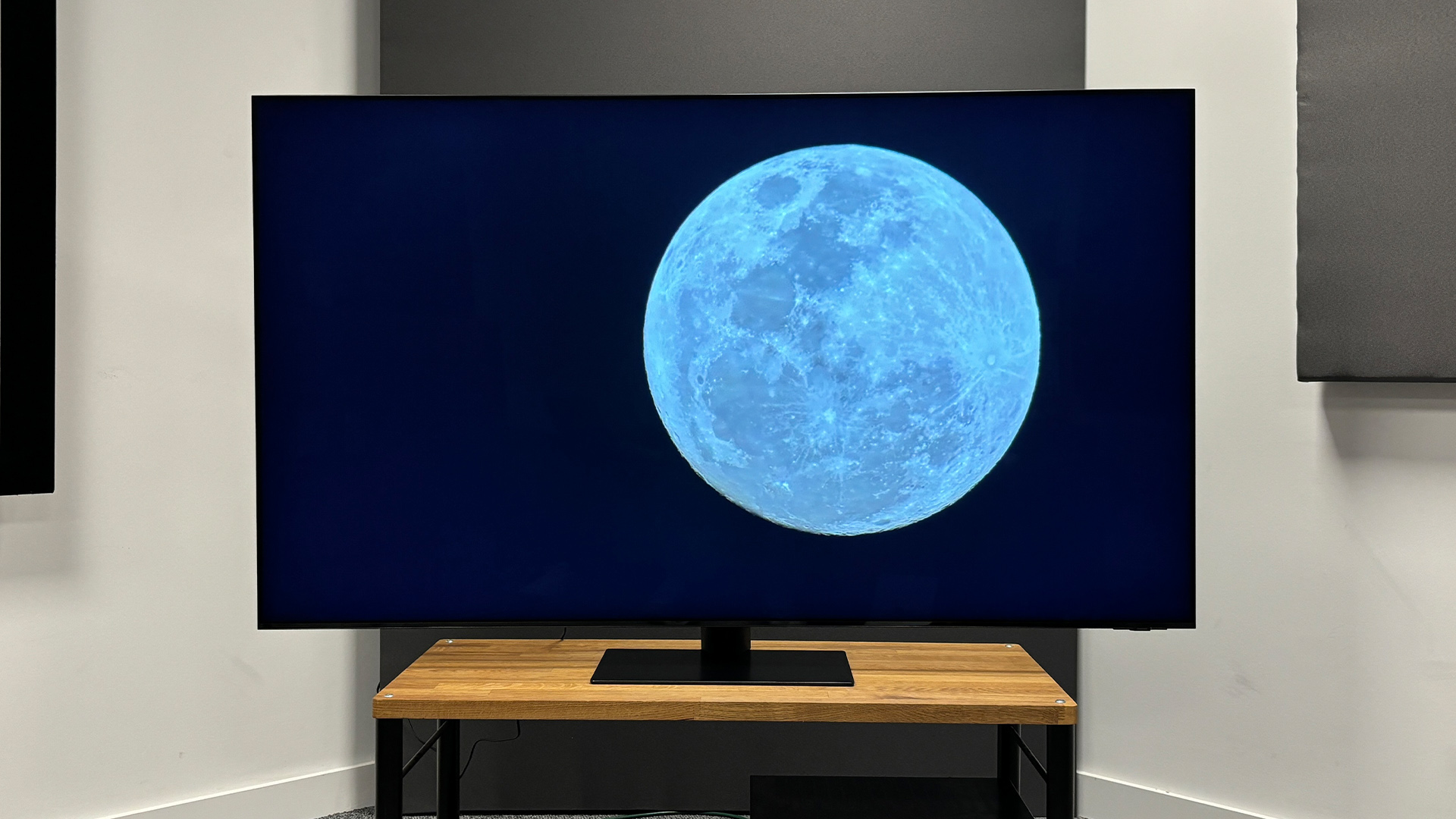
We're comfortably into the second half of 2024 now (doesn't time fly when you're having fun?) and we can say without doubt that it has been an exciting year for TVs. While a lot can be said for Samsung and LG upping their OLED games to turn 2023 four-star TVs into 2024 five-star TVs (those being the S95D and C4 from those respective companies), we're here to talk about Mini LED.
It's been an interesting year for Mini LED TVs, as this feels like the first year that the panel technology is really being positioned as a high-end alternative to OLED. Samsung has subscribed to this ideology for some time with its Neo QLED technology; however, it looks like Sony and Panasonic are jumping on the bandwagon too.
Samsung has positioned the QN95D Mini LED TV in equal standing to the excellent S95D QD-OLED, while Sony has pushed Mini LED to the forefront of its 2024 TV lineup with the Bravia 9. Our editor-in-chief, Alastair Stevenson, also made note of Panasonic's eagerness to show off its W95A Mini LED TV more than some of its OLED TVs during a recent trip to Dusseldorf.
While I'm yet to see the Panasonic TV in action, I have had a hand in testing both the Samsung and Sony TVs mentioned above, so I feel as though I'm fairly qualified to take stock of how Mini LED TVs have fared in 2024 thus far. We consider these to be two of the most important Mini LED TVs of this year – no pressure, right?
If you've read both of our reviews then you'll know what rating both of those TVs earned. If you haven't then – spoilers – they both received four stars. Four stars might sound slightly critical, but we'd like to remind you that it still represents a product we would recommend under many circumstances. However, considering Sony's track record from 2023, this may come as a shock, as it enjoyed an onslaught of five-star ratings last year. Samsung was also awarded five stars for the QN95C last year, so dropping a star is an understandable cause for concern.
So, what attributed to these TVs not performing as well as their predecessors? In the case of the Sony, it was a few frustrating picture quirks that just held it back from true greatness. We liked how it handled rich colours with stellar gradation, and we think that the brightness of this set is very impressive.
However, for a TV that's designed for content mastered to high brightness, it really did seem to struggle with local dimming control on 4000-nit and 2500-nit content. Our go-to high-brightness films, Pan and Mad Max: Fury Road, highlighted (no pun intended) an issue in which the TV tends to make distracting adjustments by brightening and dimming the image in noticeable steps.
Furthermore, we found that there were compromises to the picture regardless of the settings combinations we used, and this varied by the content we watched. For example, the picture settings that we settled on for Pan ultimately didn't suit Mad Max Fury Road as it made certain fine textures look oversharpened, and in toning that down it left other aspects of the picture looking a bit soft.
The Samsung, on the other hand, had plenty of positive aspects surrounding its rich colours, excellent brightness and impressive handling of dark details. However, it has to be said that it trips up on bright content against a dark background, as the halo effect is well and truly present on this TV. A shot we often refer to in Oppenheimer in which the runway in front of the nuclear bomb is lit up ahead of the Trinity Test looked rather unpleasant on this TV. There were blotchy rings of light and a cloudy effect across what should be a very dark desert vista under a night sky.
The QN95D also struggles in the monochromatic parts of this film, with a peculiar blue aura plaguing these sequences that is quite offputting considering the only colours on display should be black and white.
Now, we're not going to make any bold claims about which panel technology is definitively better, as both Mini LED and OLED are constantly evolving. For example, Sony has employed a new, more advanced backlight for the Bravia 9, so with this first-generation system I'm personally very intrigued to see how Sony builds off this technology. However, I viewed both of these TVs side by side with equivalently positioned OLED models, and if my money was on the line, I would have opted for the OLED TVs on both occasions.
As mentioned in our full reviews, the Samsung QN95D was compared to the S95D, while the Bravia 9 was compared to the LG G4. In both instances, I found the deeper blacks, enhanced contrast and rich yet balanced colours of the OLEDs to be preferable, even if they couldn't muster the same brightness levels. While black levels on Mini LED TVs have come on leaps and bounds, there's still nothing quite like the deep, inky blacks of OLED TVs to really enhance immersion.
That being said, I am also making it 100 per cent clear that my mind is remaining open to Mini LED, as Panasonic could well deliver a TV that solves the issues mentioned above. The next Mini LED TV that lands in our test room could well prove to be an exception to what we've seen so far, and the battle between the two biggest panel technologies is certainly far from over.
MORE:
Read our full Samsung QN95D review
And our Sony Bravia 9 review
As well as our picks for the best OLED TVs







